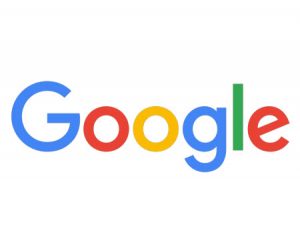
The United States and eleven states sued Google in 2020 “to restrain Google LLC (Google) from unlawfully maintaining monopolies in the markets for general search services, search advertising, and general search text advertising in the United States through anticompetitive and exclusionary practices, and to remedy the effects of this conduct.”
A Judge ruled this week that Google maintains a monopoly in two of those three product markets in the US: general search services and general text advertising, through its exclusive distribution agreements.
Wired reported that in his decision on Monday, Judge Mehta declined to rule that Google held monopoly power in the more general search ads market. “He found Google didn’t have pricing power in product ads, which include images and compete more directly with ads on Amazon and social media.”
The landmark decision in the Google antitrust case holds the search engine company accountable and paves the path for innovation and protects access to information for all Americans, according to US Assistant Attorney General Kanter.
Google will appeal the ruling, according to its President of Global Affairs, telling the New York Times, “This decision recognizes that Google offers the best search engine, but concludes that we shouldn’t be allowed to make it easily available. As this process continues, we will remain focused on making products that people find helpful and easy to use.”
Monday’s ruling is chockful of data (though some are redacted), such as the following statistics:
- In 2021, advertisers spent more than $150 billion to reach users of general search engines.
- In 2009, 80% of all search queries in the United States already went through Google. That number has only grown. By 2020, it was nearly 90%, and even higher on mobile devices at almost 95%.
- In 2014, Google booked nearly $47 billion in advertising revenue. By 2021, that number had increased more than three-fold to over $146 billion. Bing, by comparison, generated only a fraction of that amount—less than $12 billion in 2022.
- In 2022, Google’s revenue share payment to Apple was an estimated $20 billion (worldwide queries).
The ruling also reads like a textbook for a course about online search engines, even including a graphic showing the “marketing funnel” that ecommerce executives are fond of citing. The following are excerpts (edited for brevity) – keep in mind that the Court indicated many explanations were greatly simplified.
- General search engines (GSEs) make money by selling digital advertisements an “incredibly lucrative business.” Google, Bing, Yahoo, DDG, Ecosia, and Brave are GSEs.
- Specialized vertical providers, or SVPs, are platforms that respond to queries centered on a particular subject matter; most SVPs do not respond to noncommercial queries and operate what is known as a “walled garden” model, where the platform has proprietary, structured data that is not available on the open web. For example, Home Depot is an SVP in the shopping vertical.
- SVPs are often reliant upon GSEs for traffic and are top advertisers on GSEs. And GSEs compete against SVPs for certain commercial queries in vertical offerings, such as travel and shopping.
- Advertisers rely heavily on search ads for traffic and revenue. When advertisers have experimented by turning off search ads for a portion of queries or products, they have lost revenue. Advertisers consistently testified that shifting significant ad spending from Google to Bing would be ineffective (and unwise) because of Bing’s lack of scale.
The New York Times said the Judge will next determine remedies for Google’s behavior, “potentially forcing the company to change the way it runs or to sell off part of its business.”

